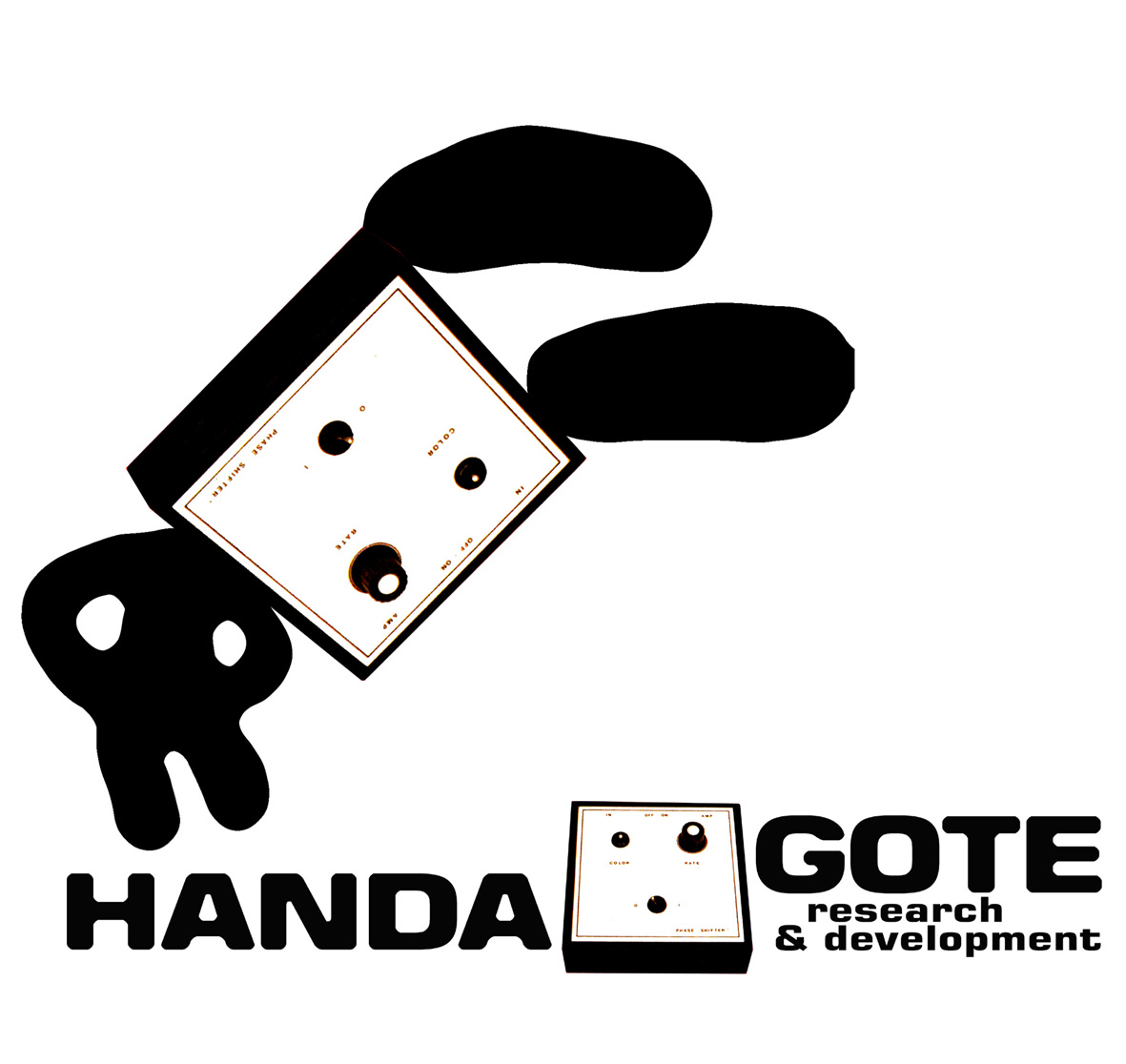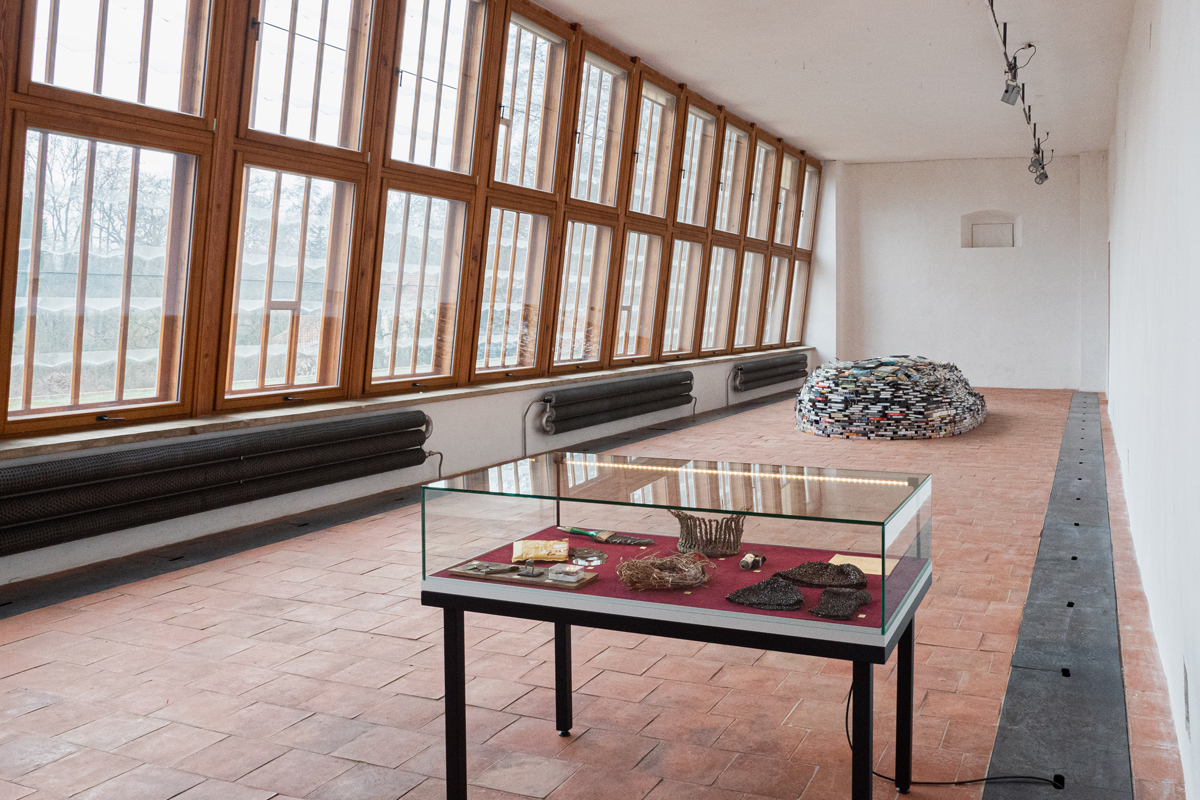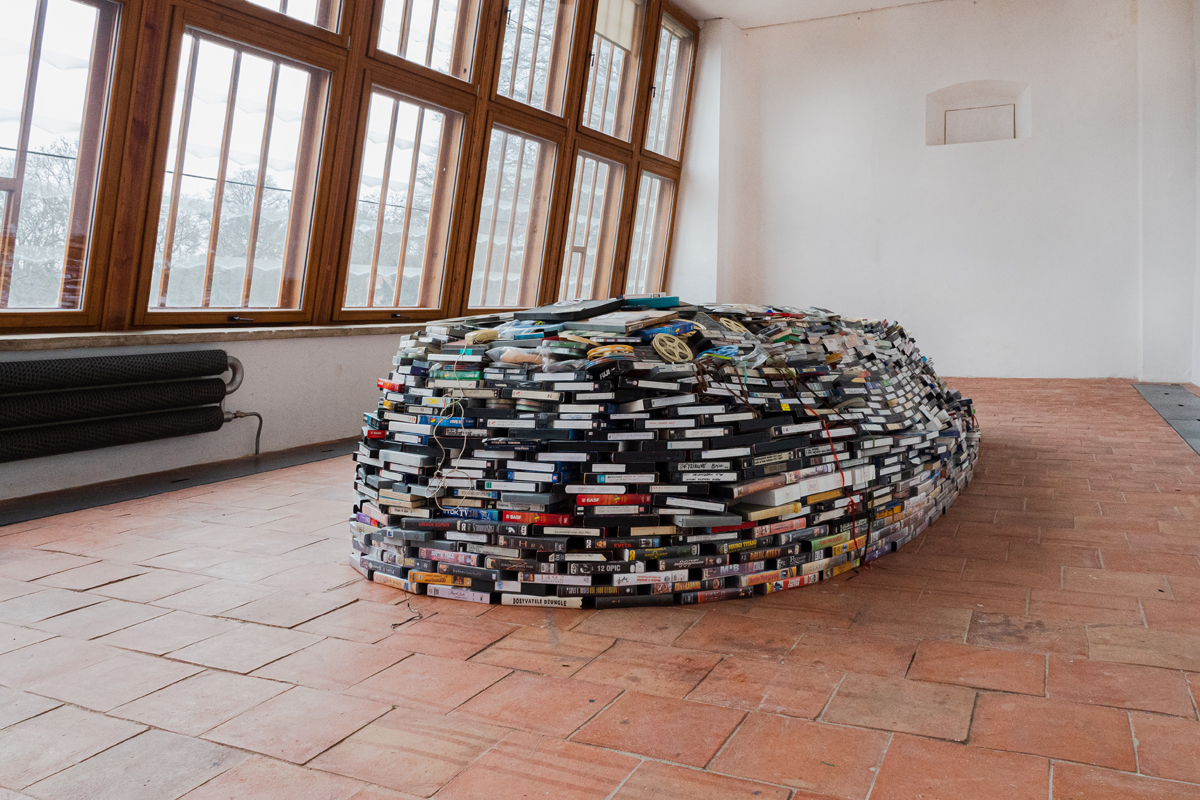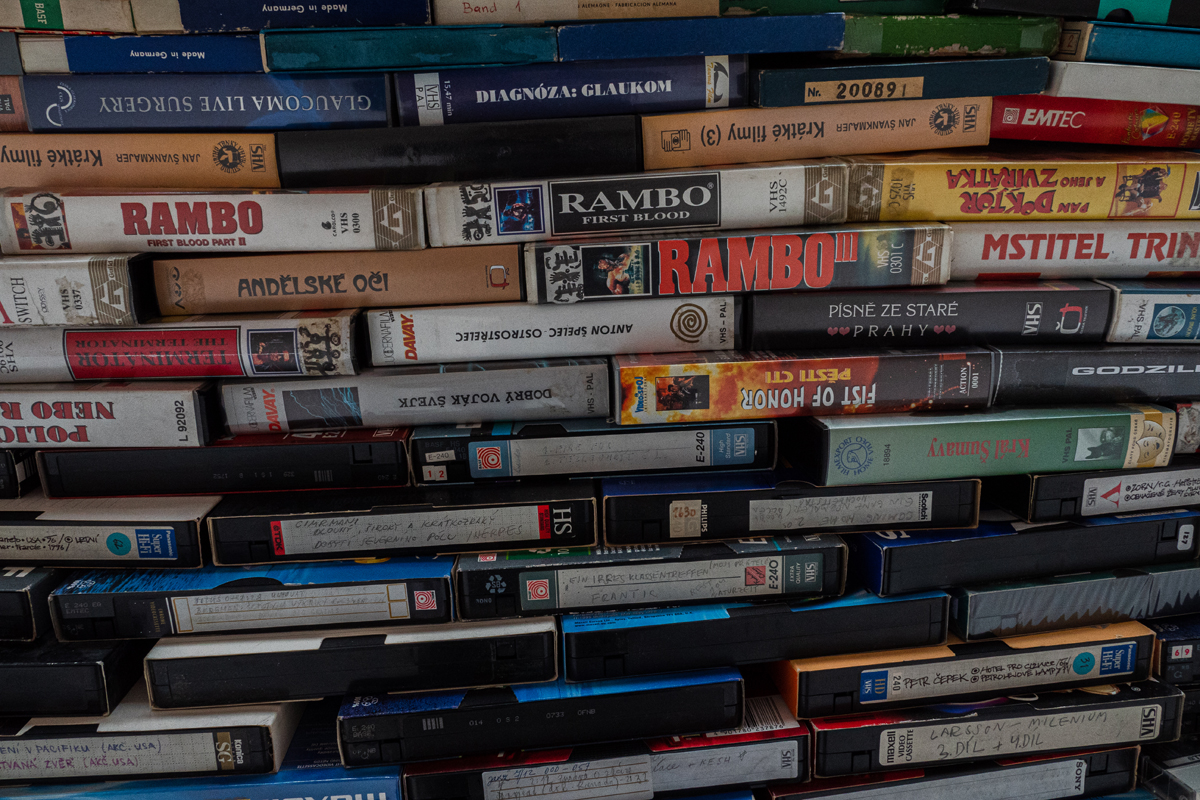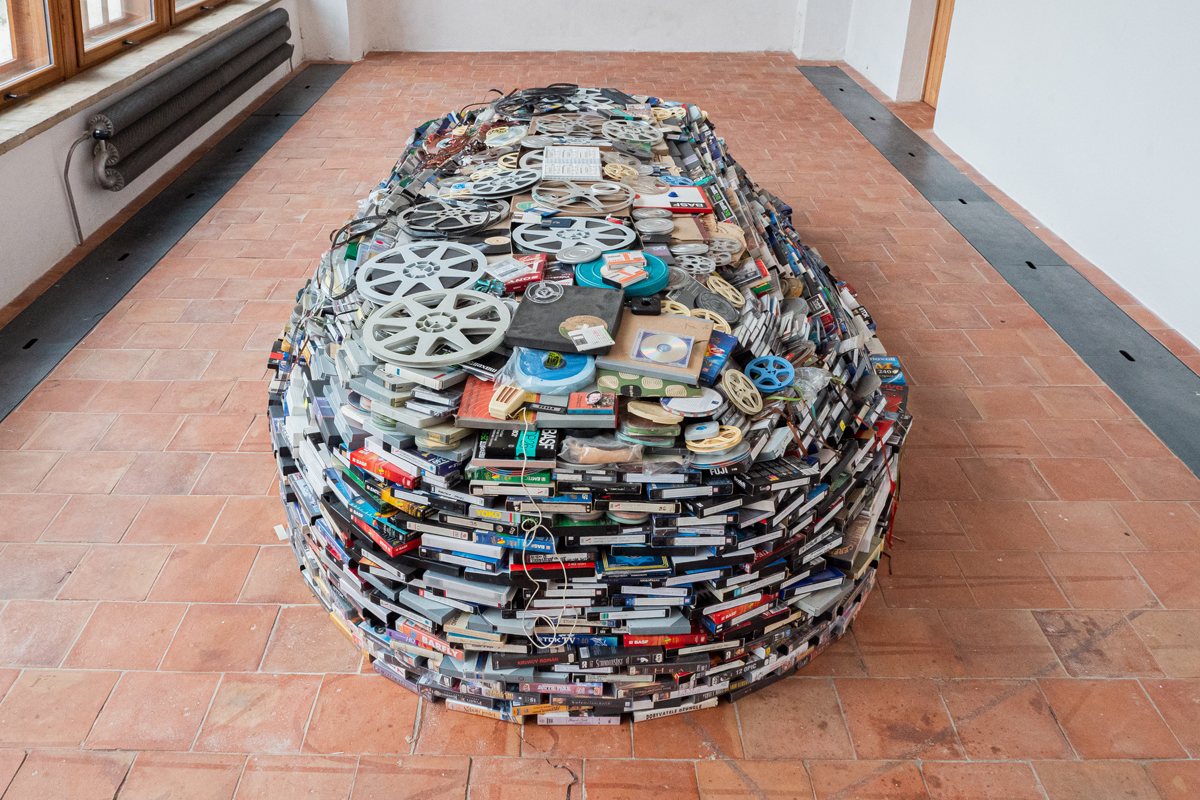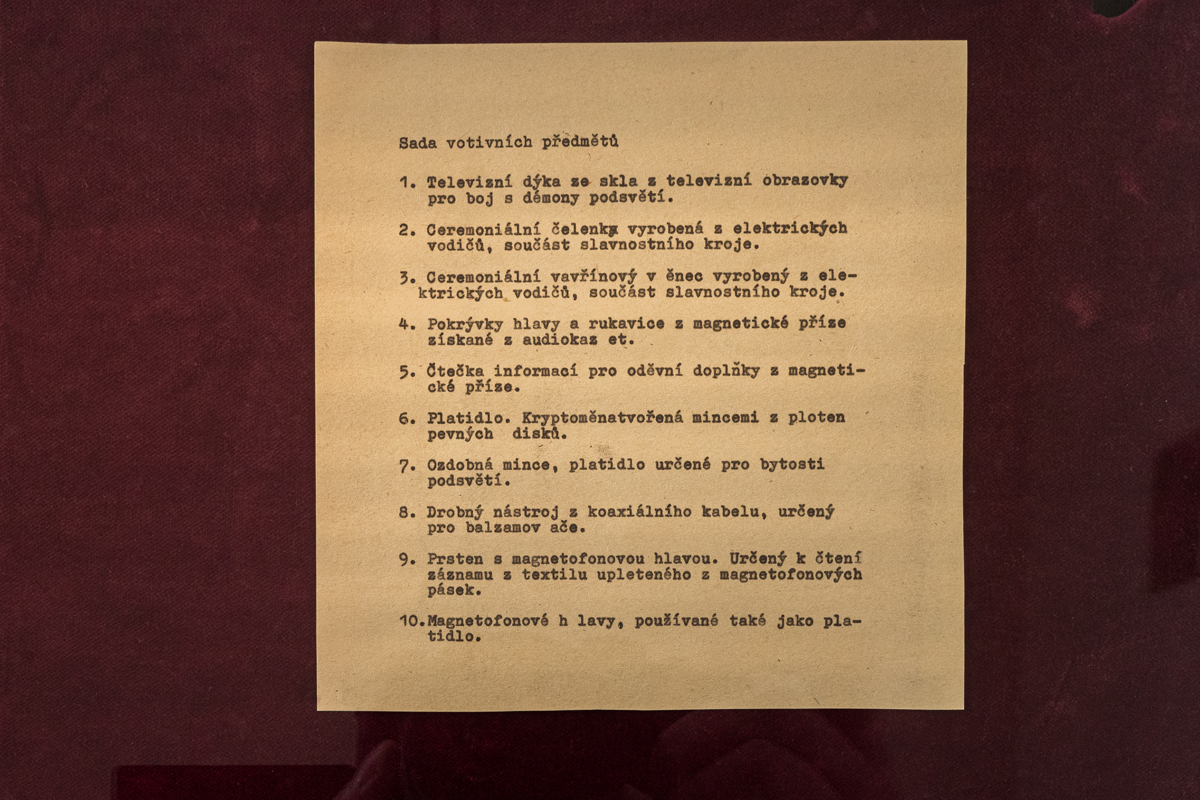Dead Media
In the field of so-called media archaeology, “dead media” stand for those that are no longer used, that are obsolete and already replaced. Examples of such media include Egyptian hieroglyphics, pigeon mail, the telegraph, etc.
Hand in hand with the acceleration of time and the imperative of progress, fed by the capitalist demand for consumption, comes the phenomenon of the extremely rapid overturn and obsolescence of media and technology in general. Already in our own lifetimes, we have witnessed a long series of technological ‘births and deaths’ that have changed our daily habits and the behaviour of society as a whole (the transformation of the music medium from the gramophone record to the digital file on the computer; the displacement of the landline by mobile phones, which have gradually become handheld personal computers; etc.).
However, as media theorists Jussi Parikka and Garnet Hertz point out, media never completely die. Under certain circumstances they come back to life – they become zombies.[2] And so the gramophone record has been back in vogue for many years already, not only as a collector’s fetish or an audiophile’s favourite medium, praised for its sonic qualities.
https://entrancegallery.com
Devised by: Švábová, Dörner, Hybler, Procházka, Svatoš, Zika, Brejcha, Hudcová
Production: Jedefrau.org

 česky
česky